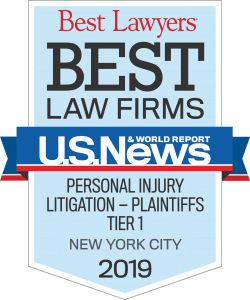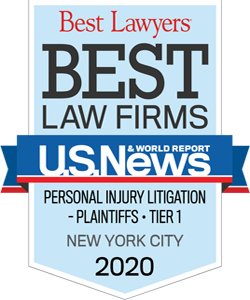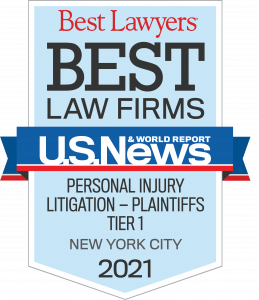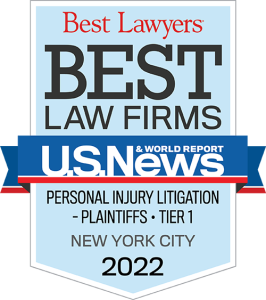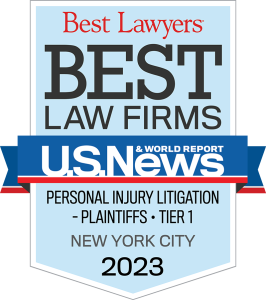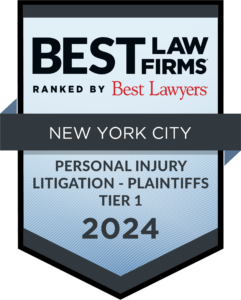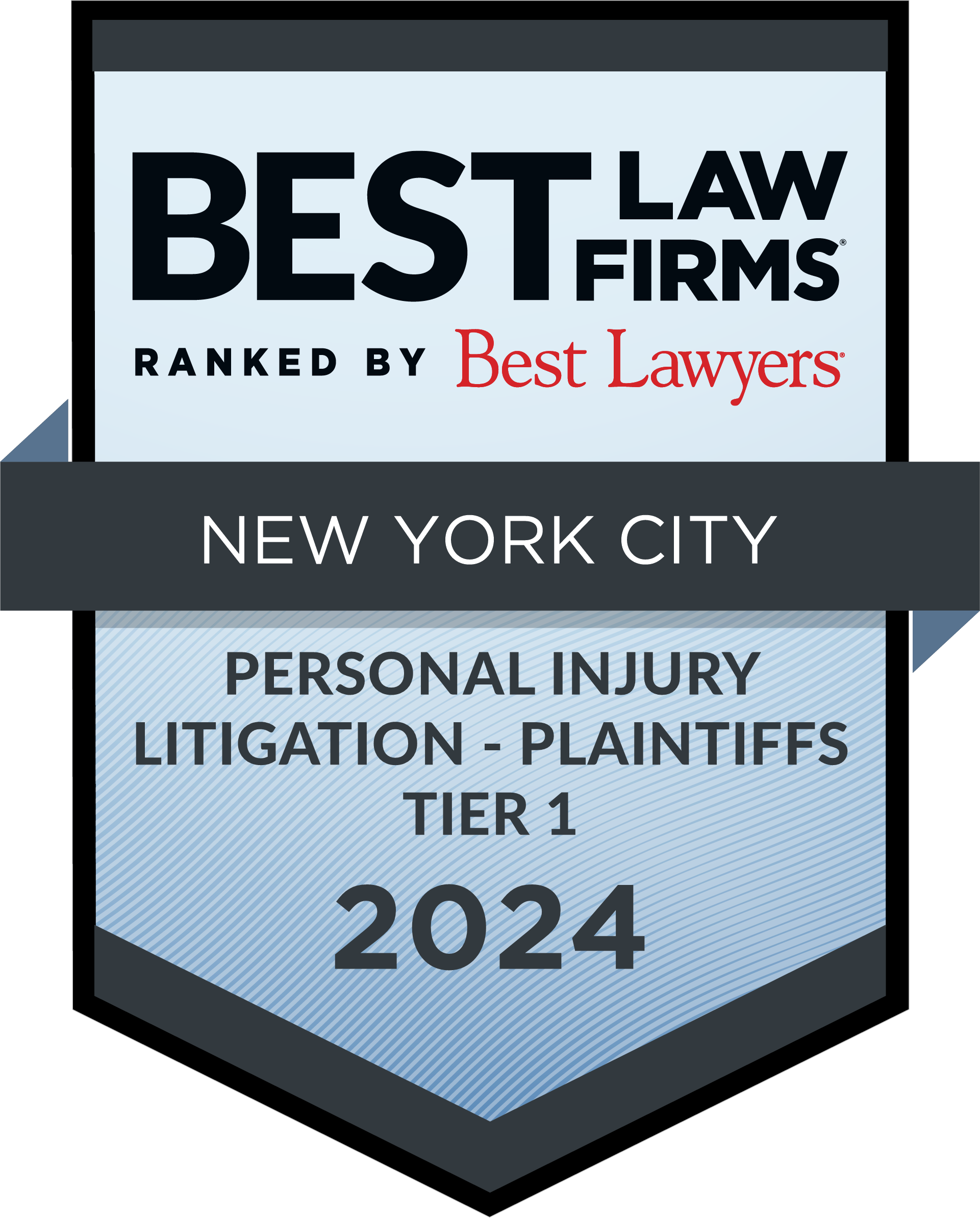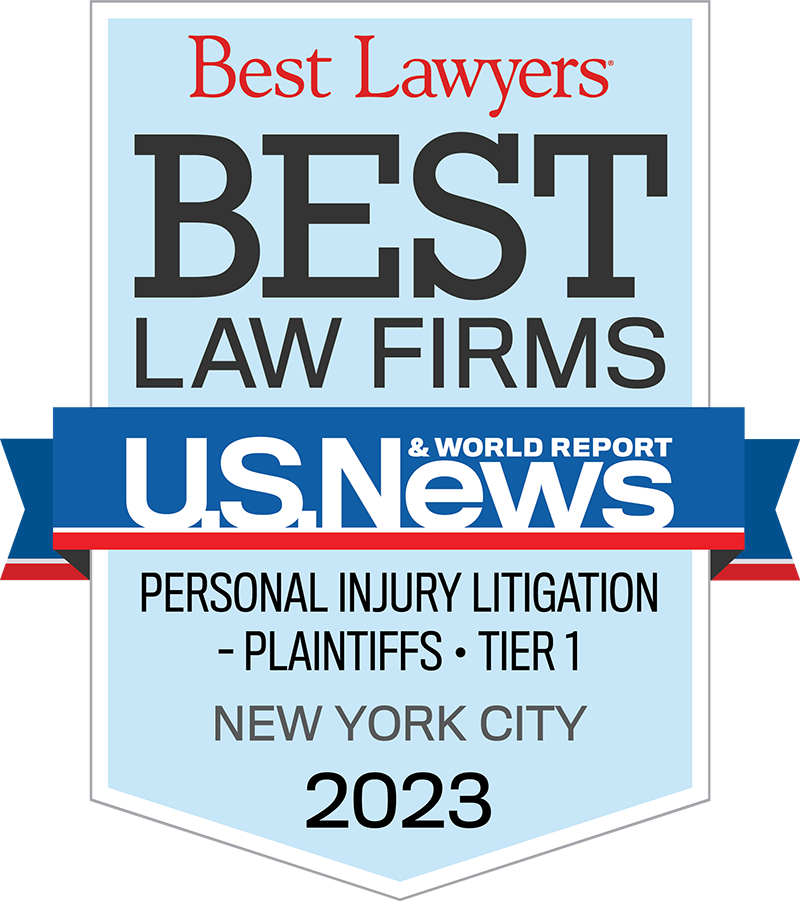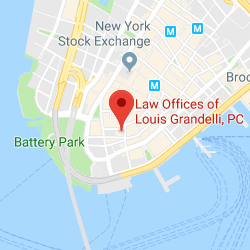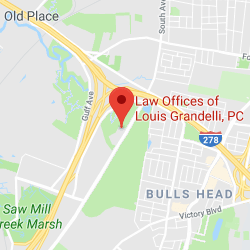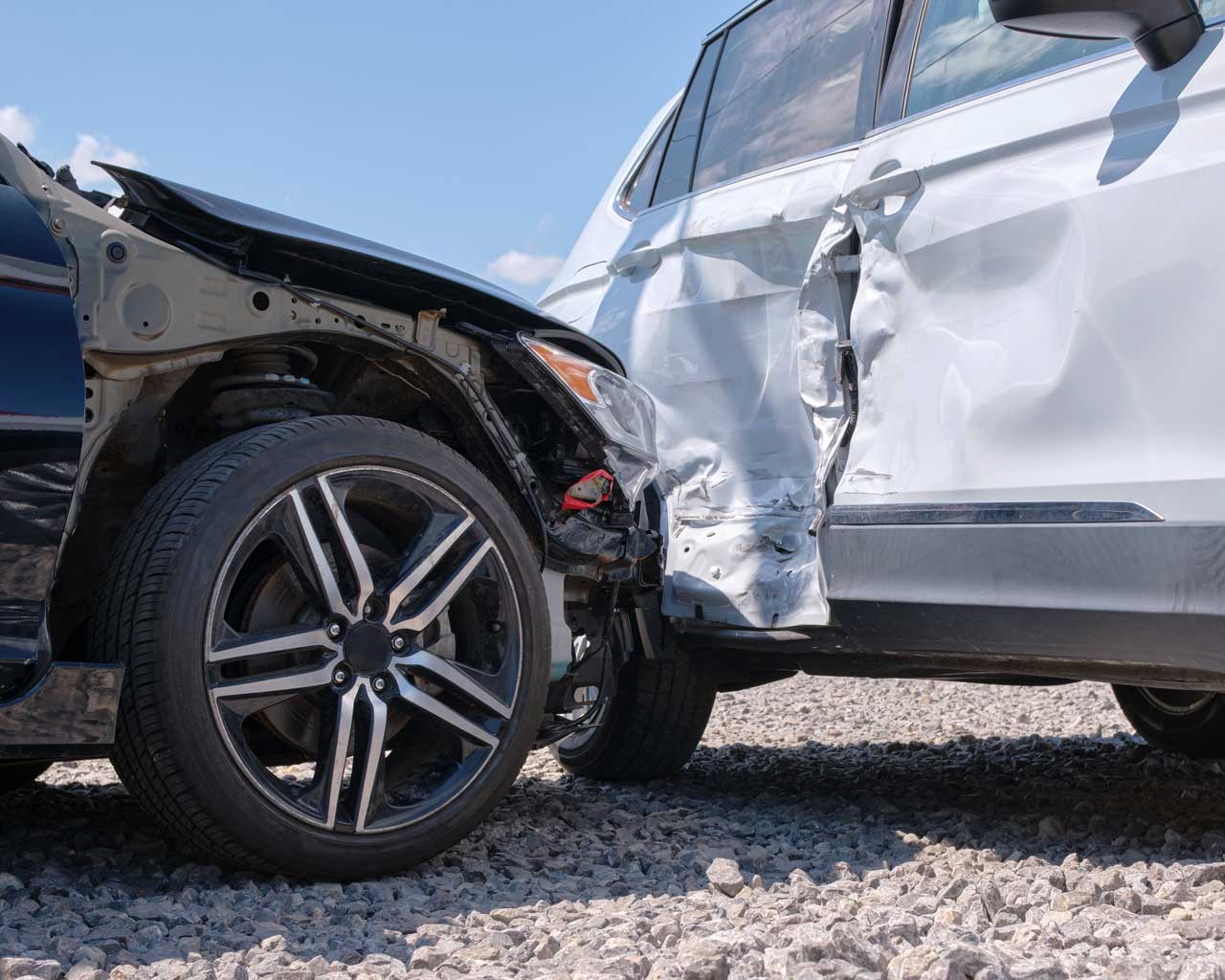
Being involved in a car accident can be an overwhelming and frightening experience. While you may have been injured in a car accident, you are not guaranteed a financial recovery. It is important to understand New York State’s serious injury “threshold” requirement applicable to car accidents. Fortunately, Grandelli & Eskenasi has a long history of representing car accident victims and has obtained recoveries for its clients that are among the highest in New York State.
New York is what’s called a “No-Fault” state.
This means that the state legislature passed a law requiring all drivers in New York to carry no-fault car insurance, also known as Personal Injury Protection. No-fault car insurance automatically covers medical expenses up to $50,000 irrespective of fault (hence the name). When you are hurt in a car accident, the medical providers you see are generally supposed to send their bills to your no-fault insurance carrier as opposed to your health insurance. The legislature’s intent is to ensure that medical expenses resulting from car accidents are promptly paid without litigation and any additional burden on the court system.
New York’s “Threshold” Law
Because New York is a no-fault state, the state legislature also imposed a “threshold” on when a car crash victim can recover for additional damages beyond basic economic damages, such as pain and suffering. New York Insurance Law § 5102(d), commonly called the “threshold law” states that in order to recover for additional damages beyond medical expenses, a plaintiff must have a “serious injury”.
New York Insurance Law § 5102(d) defines what constitutes a serious physical injury. Many of the injuries that the statute lists are clear, such as death, dismemberment, fractures, or loss of a fetus, just to name a few. However, absent those types of injuries, the statute does provide four additional ways to meet the serious injury threshold. These three additional types of injuries are:
- Permanent consequential limitation of use of a body organ or member.
- Significant limitation of use of a body function or system,
- A medically determined injury or impairment of a non-permanent nature which prevents the injured person from performing substantially all of the material acts which constitute such person’s usual and customary daily activities for not less than ninety days during the one hundred eighty days immediately following the occurrence of the injury or impairment.
Many common car accident injuries fall into three categories of serious injuries.
These three categories are the least clear cut and are the most heavily litigated. Many common car accident injuries such as ligament, tendon, or meniscal tears and herniated discs fall into these three categories of potentially serious injury. With respect to the permanent consequential limitation and significant limitation of a body function or system categories of injury, claims in these categories must be supported by objective, quantitative evidence. A doctor needs to determine that the objectively determined medical injury was caused by the accident and that injury needs to result in a permanent and significant loss in the use of that body system or part.
With respect to the final “ninety-day” category, as an initial matter, there must be a medically determined injury caused by the accident and supported by a doctor’s report. Additionally, although injuries and impairments need not be permanent to qualify under this category, the injuries and/or impairments must prevent a plaintiff from undertaking their usual activities for at least 90 days of the 180 days following the accident. In practice, time out of work is strong evidence of meeting the threshold under this category, so long as it is supported by appropriate documentation.
However, since “threshold” issues are the subject of intense litigation, the best course of action is to contact a reputable personal injury attorney. Grandelli & Eskenasi has handled thousands of car accident cases involving threshold issues. Please don’t hesitate to reach out to us regarding your car accident.

